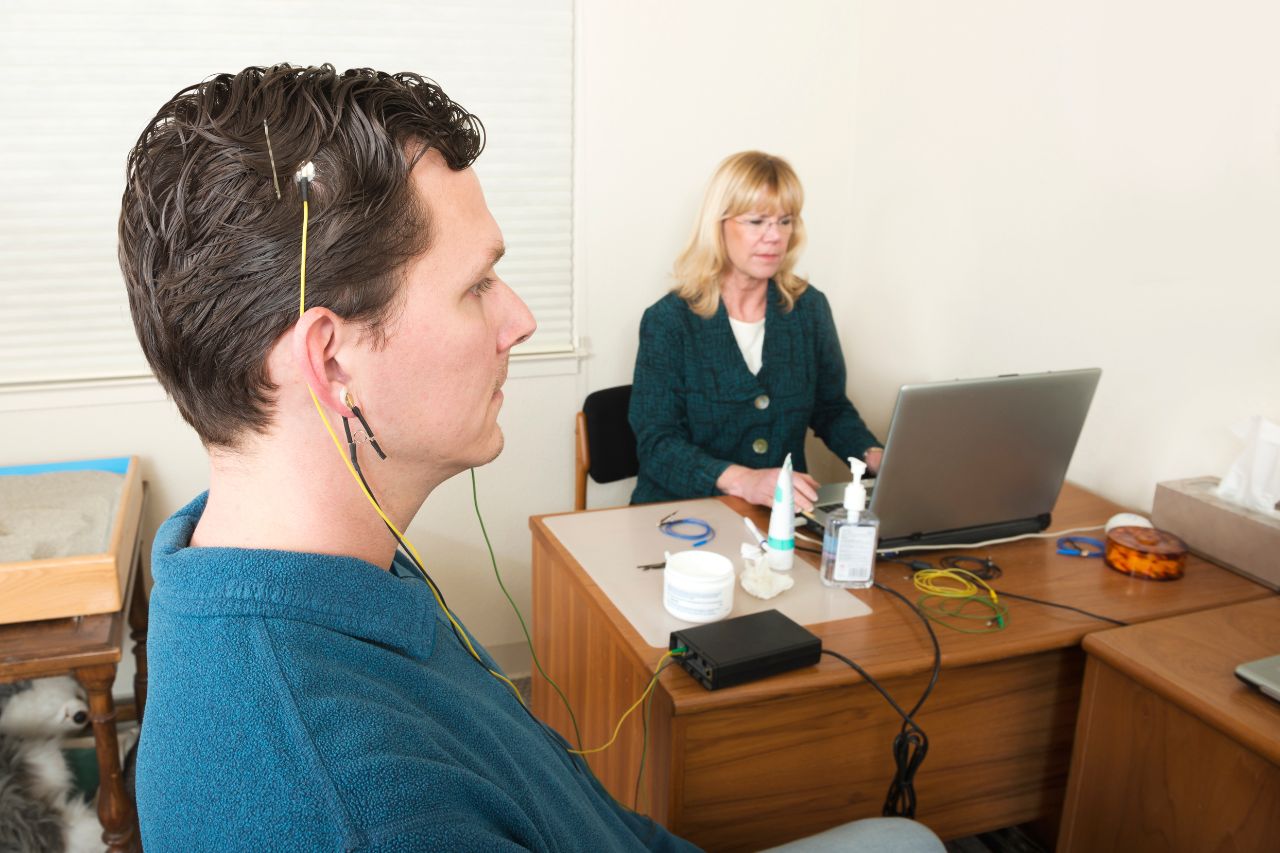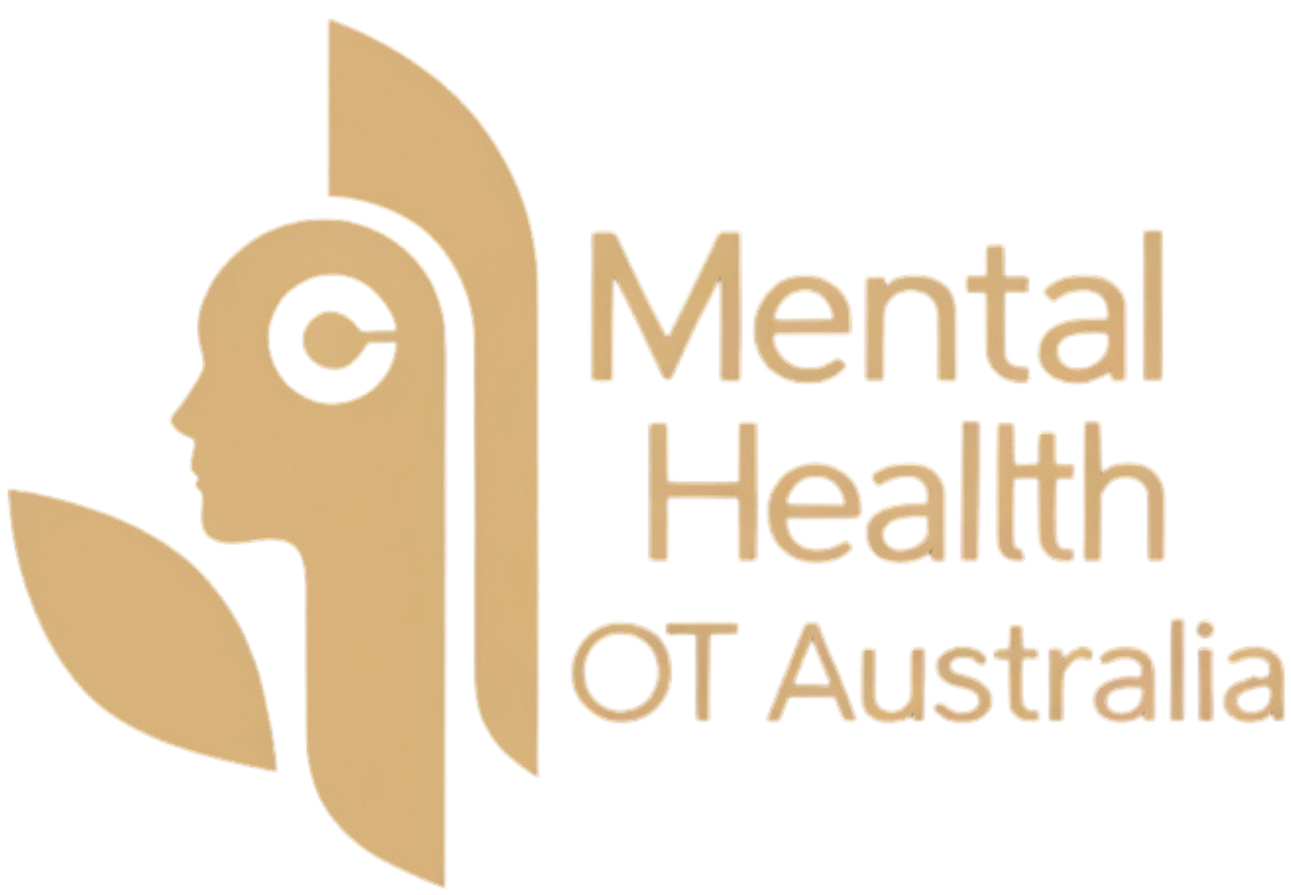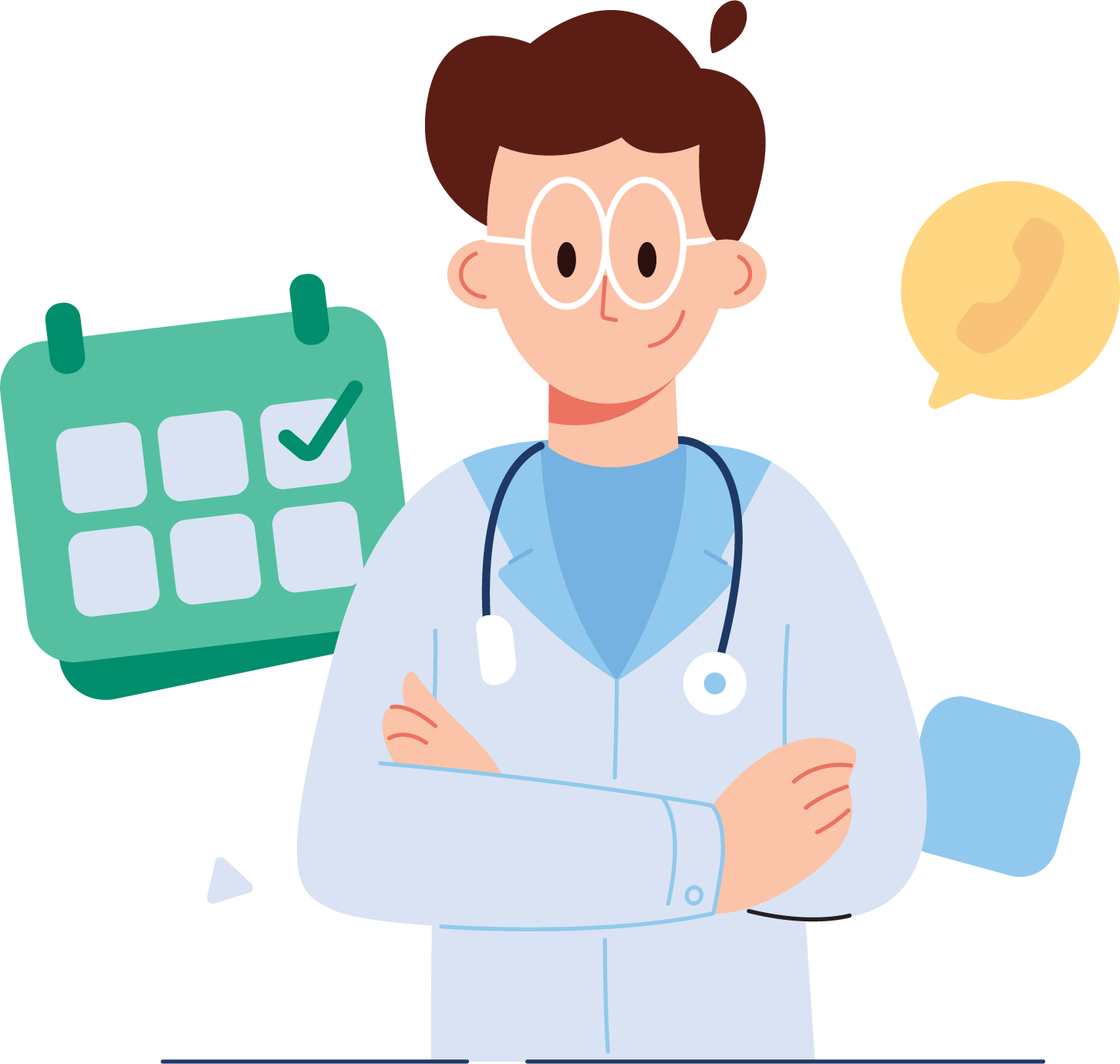Understanding Neurofeedback Therapy for ADHD
Neurofeedback therapy has emerged as a highly effective method for managing Attention Deficit Hyperactivity Disorder (ADHD). This non-invasive technique helps individuals regulate brain activity, which is often dysregulated in people with ADHD. By training the brain to function more optimally, neurofeedback therapy has shown promising results in reducing ADHD symptoms, including inattention, hyperactivity, and impulsivity.



How Neurofeedback Therapy Works for ADHD
Neurofeedback therapy involves monitoring brainwaves and providing real-time feedback to patients through visual or auditory signals. This feedback allows the brain to “learn” how to regulate its activity, improving focus and cognitive function over time. The treatment is personalised and non-invasive, making it an appealing option for individuals who are looking for alternatives to medication.
Neurofeedback is particularly useful for children and adults diagnosed with ADHD, as it helps them better manage symptoms without the use of pharmaceutical interventions. Research has shown that neurofeedback can help to stabilise brain activity, leading to enhanced focus, improved impulse control, and overall better mental clarity.
Benefits of Neurofeedback for ADHD
One of the key benefits of neurofeedback for ADHD is that it targets the root cause of the disorder—dysregulated brainwave patterns. Traditional treatments for ADHD, like medication, often only address symptoms. Neurofeedback, on the other hand, works by retraining the brain to function more efficiently. This process has led to significant improvements in attention, impulse control, and emotional regulation.
Many individuals who undergo neurofeedback therapy report fewer ADHD-related symptoms and improvements in their academic, professional, and personal lives. Neurofeedback can be particularly beneficial for children, as it allows them to learn how to control their brain activity in a supportive, non-threatening environment. The therapeutic process involves several sessions, which are typically spaced a few days apart, and gradually yield noticeable results.
Neurofeedback therapy is generally well-tolerated and carries few risks. Unlike medications, which may have side effects, neurofeedback offers a natural and holistic approach to managing ADHD. Additionally, individuals often find that once they complete their neurofeedback training, the benefits last long after the treatment has concluded, providing long-term relief from ADHD symptoms.



Is Neurofeedback Therapy Right for ADHD?
Neurofeedback therapy may be a suitable option for individuals with ADHD, especially for those seeking an alternative to medications or those who have not found traditional treatments effective. However, it is important to consult with a qualified health professional to determine if neurofeedback is the best treatment option. At Mental Health OT Australia, Bita Farhani and the team are committed to providing personalised therapy solutions tailored to your unique needs.
If you’re considering neurofeedback for ADHD, it is vital to find an experienced practitioner who can guide you through the process. Neurofeedback sessions are typically supervised by trained clinicians, who ensure that the therapy is effective and adapted to the individual’s brain patterns.
The Process of Neurofeedback Therapy for ADHD
The process of neurofeedback therapy for ADHD begins with an initial assessment to evaluate brainwave patterns. The therapist attaches electrodes to the scalp, which monitor brainwave activity. Once the baseline brainwaves are established, the neurofeedback system provides real-time feedback, often in the form of a visual or auditory cue.
During the session, the individual is encouraged to engage in activities that help stabilise brainwave patterns. Over time, the brain learns to improve its function, leading to better focus, emotional control, and overall cognitive performance. Each session typically lasts between 30 to 45 minutes, and the number of sessions required varies depending on the severity of the ADHD symptoms and the individual’s progress.
Neurofeedback therapy for ADHD is a non-invasive, drug-free treatment that can be combined with other therapeutic approaches, such as cognitive behavioural therapy (CBT), for optimal results.
FAQs
1. How long does it take to see results from neurofeedback therapy for ADHD?
Results from neurofeedback therapy can vary depending on the individual. Most people begin to notice improvements after around 10–20 sessions. However, the number of sessions required may differ based on the severity of ADHD symptoms and the individual’s progress.
2. Are there any side effects associated with neurofeedback therapy?
Neurofeedback is generally considered safe and non-invasive. Most individuals experience no side effects. Some may feel slight fatigue or a temporary headache after a session, but these effects are usually mild and short-lived.
3. Can neurofeedback therapy replace medication for ADHD?
While neurofeedback therapy can significantly reduce ADHD symptoms, it is important to discuss treatment options with a healthcare provider. For some individuals, neurofeedback may complement other treatments like medication, while for others, it may serve as a stand-alone treatment.
For more information or to schedule a consultation, feel free to reach out to Mental Health OT Australia at 📞 0406107775 or 📧 info@mentalhealthotaustralia.com. You can also learn more about their services here.

